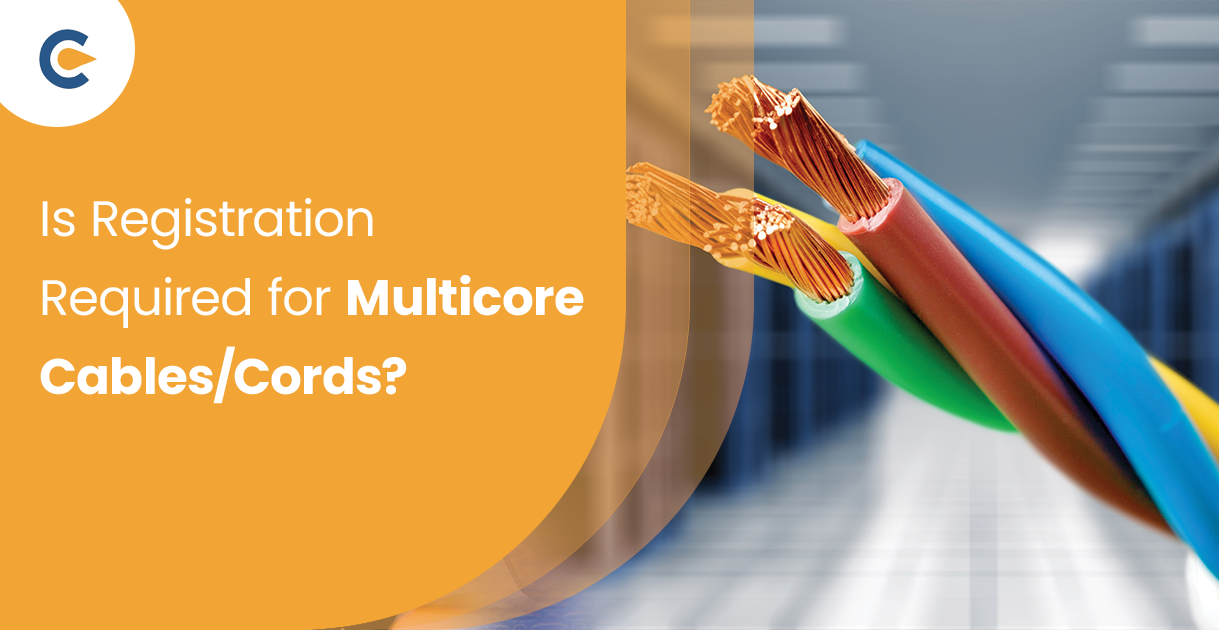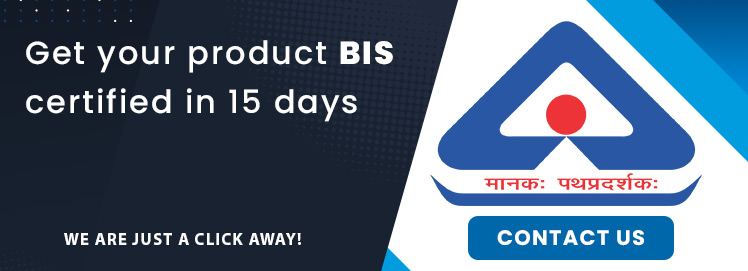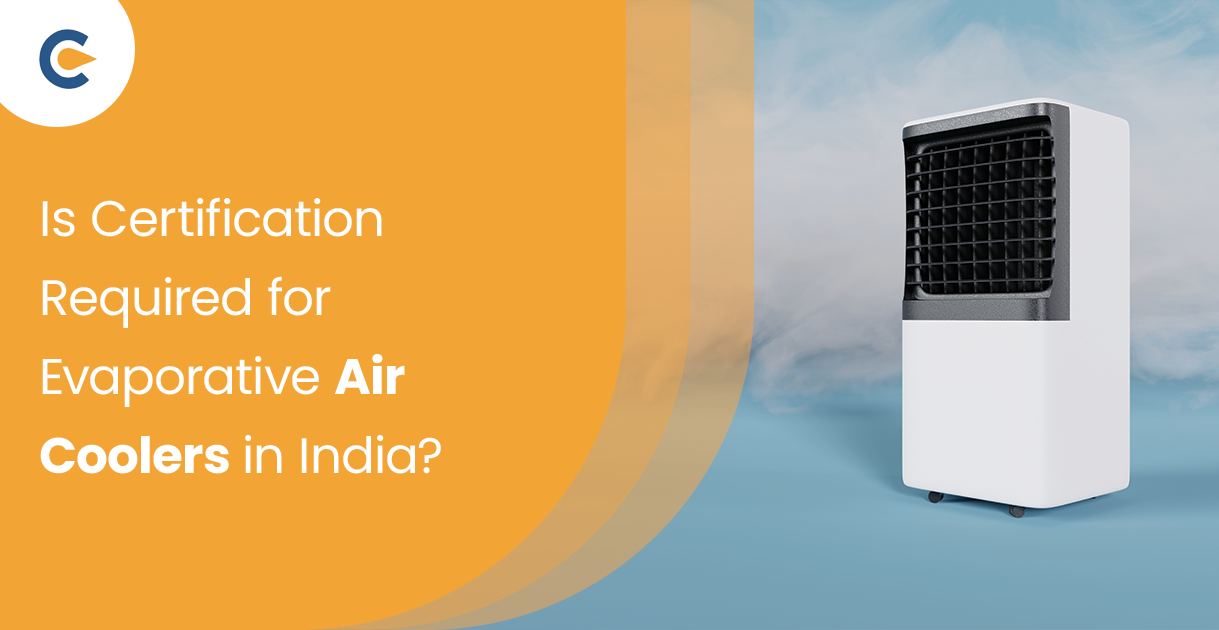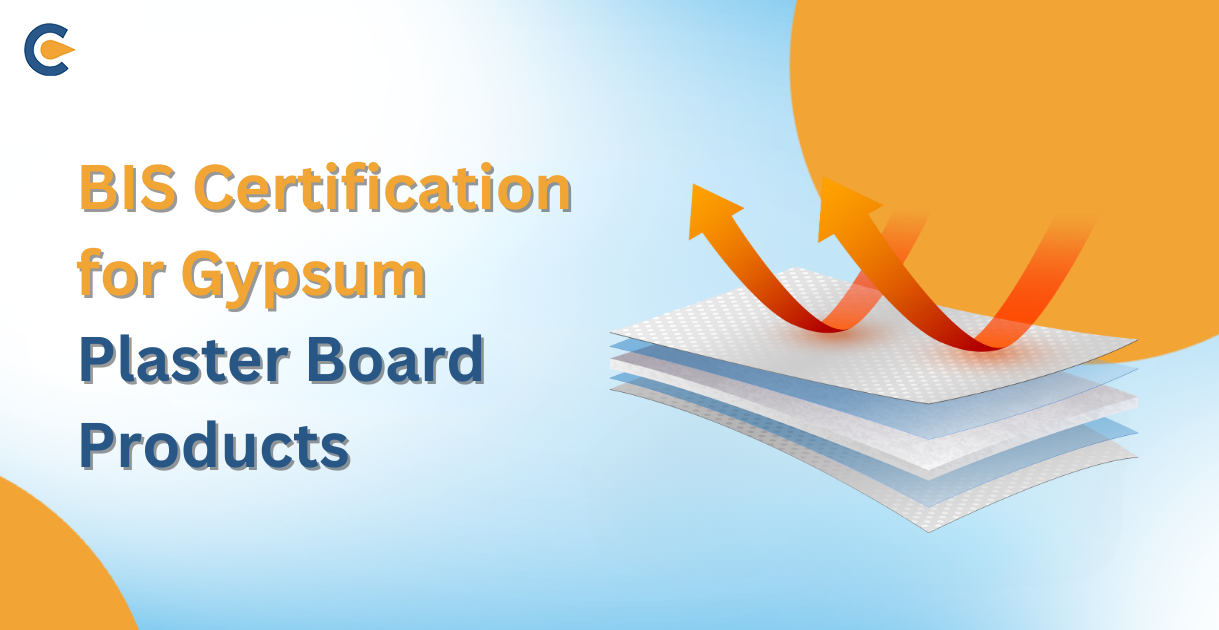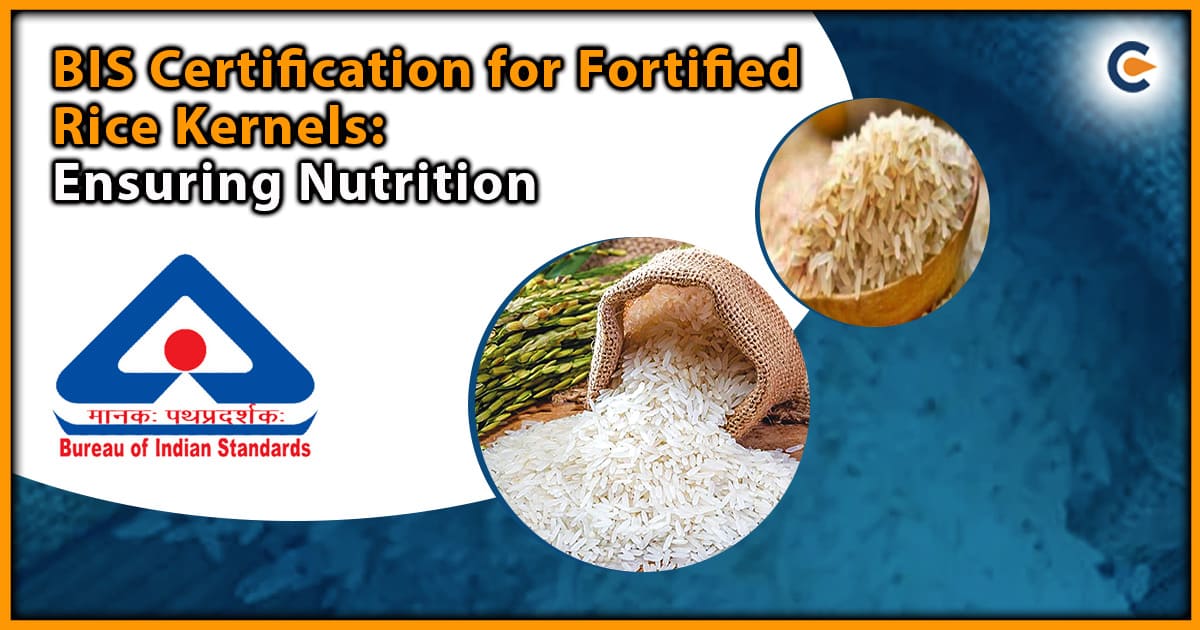In the modern world, where electrical engineering and manufacturing are prevailing, it is extremely important that electrical engineering and manufacturing comply with the standards if the product is to be sold and used in different markets without causing anyone harm.
In the case of multicore cables/cords, compliance can sometimes entail the acquisition of certain certifications.
Amongst the widely recognized certifications, one of the most significant certifications is the ISI (Indian Standards Institute) mark, which is given by the BIS (Bureau of Indian Standards) in India.
What are Multicore Cables/Cords?
Multicore cables refer to electric cables that have one or multiple insulated conductors enclosed by a single outer shield. They are commonly applied in applications such as electronic gadgets, medical tools, and industrial machinery, where many channels or leads are achieved inside a compact space.
Why is Registration Required for Multicore Cables/Cords?
Registration for Multicore Cables/Cords is mandatory due to the significant reasons mentioned below:
Regulatory Compliance:
The first and most important reason is Regulatory Compliance. In some countries, multicore cables require registration and certification to be qualified for use and meet the safety, quality, and performance compliance standards prevailing in the marketplaces.
In India, for instance, PVC insulated cables for working voltages up to and including 1100V must have the ISI mark as per IS 694:2010 standards. In this regard, compliance was reported at 64%, largely meeting 2010 standards. This regulation is meant to protect customers and ensure the reliability of electrical installations.
Access to the Market:
In some countries, manufacturers or importers cannot legally sell some of their products, and they are eligible to sell their products in the market only after acquiring the certification.
The ISI mark is most vital in India as it is considered a license to sell all products and serves as a guarantee that such products and services shall meet customers’ expectations and requirements set by the regulatory authorities.
Building Consumer Confidence:
Certified products are more likely to be trusted by consumers because they undergo rigorous tests and verifications. For example, the ISI mark symbolizes that the product has successfully passed stringent quality tests, naturally making consumers more inclined to choose the product with the ISI mark over the products that do not have the ISI mark.
Guide to the Certification Process for the Multicore cables/cords
The process that needs to be followed to obtain the ISI certification for multicore cables requires one to follow a sequence of steps, each ensuring that the produced cables comply with the prescribed set of standards. Therefore, step by step guide to the Certification Process for the Multicore cables/cords are as follows:
- Product Testing:
The first procedure for the ISI certification process involves examining the multicore cable, which must be conducted in an authorized laboratory established by BIS.
The product must be tested against all parameters specified in IS 694:2010. This step plays an important role since it helps determine whether the product undergoing the examination is fit for market use and meets the necessary quality and safety standards.
- Application Submission:
Once they have obtained the test results, the manufacturer of the product is required to submit an application via the BIS Manak Online portal.
This application covers all the relevant information pertaining to the product, which includes its production process and the result obtained from the test conducted. In addition to this, several documents are required to be attached along with the application, such as administrative, technical, and quality of control personnel details.
- Scrutinizing and Inspecting the Application:
After the successful submission of the application along with the paperwork, it gets reviewed by the officers of the BIS, who verify the authenticity of the test results.
An on-site inspection of the manufacturing facility is conducted in order to ensure that the manufacturing process correctly adheres to the prescribed set standards. This inspection also involves verifying the in-house testing facilities and confirming that the quality control measures are being taken.
- Grant of License:
If the inspection proves satisfactory and the manufacturer’s product conforms to the prescribed standard, BIS issues the license, which will allow the manufacturer to use the ISI mark on their product.
This license remains valid for a period of one year, and once the period of one year elapses, the license is rendered invalid if not renewed by the manufacturer, and they will have to apply for the license again. However, the renewal process includes re-verification to determine that the centre continuously complies with the prescribed set standards.
- Marking Fee:
Manufacturers are allowed to pay a marking fee based on some condition pertaining to the manufacturing figures. This fee is an annual charge that is to be paid in advance for the first year and subsequently adjusted according to the actual production.
Different kinds of Multicore Cables/Cords
Multicore cables are very flexible cables available in numerous forms and categorized based on the type of usage and setting.
The ISI certification under IS 694:10 outlines several types of multicore cables, particularly those made up of PVC insulation. Therefore, different kinds of multicore cables/cords are as follows:
PVC Insulated, Unsheathed/Sheathed, Circular/Flat Cables: PVC Insulated, Unsheathed/Sheathed, Circular/Flat Cables:
PVC is the most common type of multicore cable. It includes Sheathed and Unsheathed varieties. They are designed to handle different mechanical and environmental conditions. Unsheathed cables are used in environments where mechanical protection is not needed, while Sheathed cables provide extra protection against physical damage.
Conductor Materials:
There are two types of conductor materials available from which cables are made, and they are as follows:
Copper: Copper is widely used due to its exceptional electrical conductivity and flexibility the material holds.
Aluminium: This is the most cost-effective alternative to copper, especially where weight is a critical factor.
Class of Conductors:
The classification of conductors affects their flexibility and suitability for different applications:
- Class 1: These are the solid conductors used for fixed installations.
- Class 2: These are the stranded conductors which have more flexibility
- Class 5: These are Flexible conductors, which are used where a conductor needs to be highly flexible and cannot be compromised in any way.
Insulation Types:
The type of insulation used plays a vital role in ensuring the cable’s performance in different environments. There are three types of cables, and they are as follows:
- Type-A: This can be used for general purposes as it is suitable for standard applications.
- Type-C: These are the heat-resistant insulation used in environments with high temperatures.
- Type-D: These are the Fire-retardant insulation, which provides additional safety in areas prone to fire.
Sheath Types:
The outer sheath provides mechanical protection and resistance to environmental factors:
- Type ST1/ST2/ST3: There are several grades of sheathing materials, each offering varying levels of resistance to mechanical damage, UV Radiation and chemicals.
Application-Specific Cables:
Multicore cables under IS 694 also cover various application-specific designs, ensuring that they meet the requirements of specialized environments:
- Industrial Automation: These cables are specially made for use in industrial settings, where they will be exposed to oils, chemicals, and mechanical stress.
- Medical Equipment: Applicable in medical applications due to the high flexibility and consistent reliability that are beneficial for health standards devices that require fixed performance.
- Aviation and Aerospace: These cables are used to accommodate environmental factors, such as areas of high altitudes and extreme temperatures.
Advantages of Registration of Multicore Cables/Cords
Various advantages of registration of Multicore Cables/cords are as follows:
- Legal Compliance:
The BIS certification requirement ensures that the manufacturer does not breach the law and complies with the National Regulations, avoiding legal action such as seizures of their manufactured products.
- Market Credibility:
Products manufactured with the ISI mark are preferred by the consumer more as they are considered to be of higher quality and safer, which improves their marketability.
- Competitive Advantage:
Certified products have a competitive advantage over uncertified products in the market since buyers are assured of their safety and quality standards.
- Safety Assurance:
Registration serves as a guarantee that the product was tested for compliance with safety standards and can be operated without fear of electrical hazards.
The Final Words
To sum up, it is highly important to register and certify the multicore cables/cords because it is important for manufacturers, customers, and society as a whole to be sure that cables/cords are safe and do not pose a threat to human life and health, as well as conform to existing prescribed set standards.
The certification by the Indian Standards Institute or ISI, which is governed by the Bureau of Indian Standards, involves extensive testing, thorough documentation, and regular inspections to guarantee quality and safety. To the manufacturers and importers, this certification is significant for the sake of market access, as well as for establishing credibility and improving the appeal of the product to the consumers.
Frequently Asked Questions
What is ISI certification for multicore cables/cords?
ISI certification is a mark provided by the Bureau of Indian Standards (BIS) in India. It ensures that multicore cables/cords meet safety, quality, and performance standards.
Why is registration required for multicore cables/cords?
Registration is required for regulatory compliance, market access, and to build consumer confidence in the product's safety and quality.
What types of multicore cables are covered under IS 694:2010?
Types of multicore cables IS 694:2010 covers are PVC-insulated cables, including single-core and multi-core cables with different insulation and sheath types, designed for working voltages up to and including 1100V.
What is the first step in the ISI certification process?
The first step is product testing in a BIS-recognized laboratory against all parameters specified in IS 694:2010.
How long is an ISI certification license valid?
The ISI certification license is valid for one year, after which it must be renewed.
What are the conductor materials used in multicore cables?
The main conductor materials are copper, known for its excellent electrical conductivity, and aluminium, which is a more cost-effective alternative.
What are the classes of conductors in multicore cables?
The main classes of conductors in multicore cables are Class 1 (solid conductors), Class 2 (stranded conductors), and Class 5 (flexible conductors).
What is the difference between sheathed and unsheathed cables?
Sheathed cables provide extra protection against physical damage, while unsheathed cables are used in environments where mechanical protection is not needed.
Read our article: BIS Certification For Eco-Friendly Business Practices




